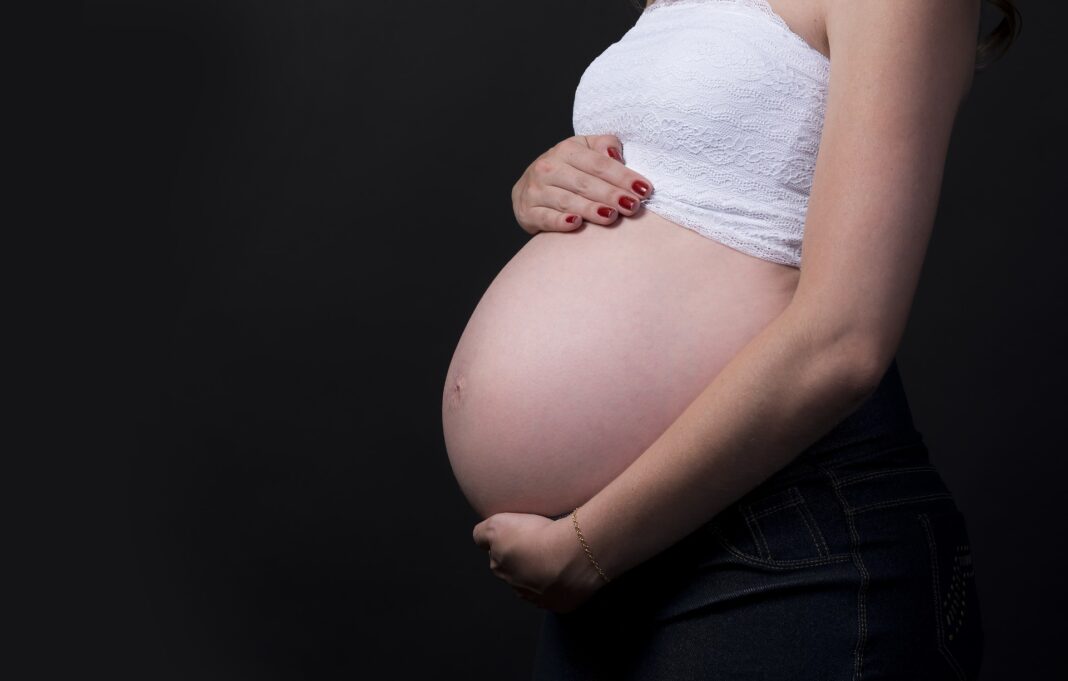A food craving refers to a strong desire for a particular food. This desire often appears uncontrollable and generally originates from gratifying emotional wants, such as anxiety or stress reduction. Researchers have often mentioned that pregnancy cravings help meet some nutritional requirements of the fetus or the mother. Furthermore, these cravings during pregnancy play an important role in developing and maintaining obesity or gestational overweight. Nevertheless, investigators have not yet identified the neurobiological mechanism governing the discrete behaviors generated from the craving for particular foods.
A recent study published in Nature Metabolism by researchers from the University of Barcelona mentioned that changes occur in the functional connections of the reward circuits (a system that leads to feelings of pleasure on doing something we enjoy, for example, eating food), sensorimotor (a region that controls the execution of movements), and taste centers present in the brain of female pregnant mice.
March Claret, a lecturer at the Faculty of Medicine and Health Sciences and Roberta Haddad-Tóvolli of the University of Barcelona, mentioned that female pregnant mice displayed greater sensitivity to sweet food, similar to a pregnant human. These mice developed binge-eating behaviors, particularly towards foods rich in calories. The changes in the brain structures motivated the researchers to evaluate the mesolimbic pathway, which plays an essential role in the transmission of dopaminergic neurons (neurons that are the main source of dopamine in mammals). Any form of motivational behavior is primarily controlled by dopamine, a neurotransmitter that regulates pleasure.
They observed the dopamine levels and the activity of a dopamine receptor in the nucleus accumbens. The nucleus accumbens is a region in the brain that plays a key role in sexual, reward, feeding, drug self-administration, and stress-related behaviors. According to Haddad-Tóvolli, the findings of this study confirm that the mesolimbic pathway undergoes a complete reorganization during pregnancy through the dopamine receptor neurons. After blocking the activity of these neurons, the mice displayed changes in their food anxiety and cravings, showing that these neurons are essential for food cravings.
Moreover, Claret and Haddad-Tóvolli reported that tenacious cravings exert a detrimental impact on the offspring. They influence the development and metabolism of neural pathways, which are essential for regulating food consumption. This in turn causes anxiety disorders, weight gain, and eating disorders. Previous studies have principally focused on the impact of persistent habits in mothers, such as malnutrition, chronic stress, or obesity, on the health of the child. Nevertheless, the present study highlighted that small but repeated behaviors, such as food cravings, are sufficient to upsurge the metabolic and psychological vulnerability of the child. The findings of the research will substantially contribute to upgrading nutritional plans and guidelines for pregnancy in humans to ensure an appropriate prenatal nutrition and avert the development of illnesses.
References
Haddad-Tóvolli, R., Ramírez, S., Muñoz-Moreno, E. et al. Food craving-like episodes during pregnancy are mediated by accumbal dopaminergic circuits. Nat Metab (2022). https://doi.org/10.1038/s42255-022-00557-1
Meule, A. (2020). The psychology of food cravings: The role of food deprivation. Current nutrition reports, 9(3), 251-257. https://doi.org/10.1007/s13668-020-00326-0
Bijlholt, M., Van Uytsel, H., Ameye, L., Devlieger, R., & Bogaerts, A. (2020). Eating behaviors in relation to gestational weight gain and postpartum weight retention: A systematic review. Obesity Reviews, 21(10), e13047. https://doi.org/10.1111/obr.13047
Onaolapo, A. Y., & Onaolapo, O. J. (2018). Food additives, food and the concept of ‘food addiction’: is stimulation of the brain reward circuit by food sufficient to trigger addiction?. Pathophysiology, 25(4), 263-276. https://doi.org/10.1016/j.pathophys.2018.04.002
Mingote, S., Amsellem, A., Kempf, A., Rayport, S., & Chuhma, N. (2019). Dopamine-glutamate neuron projections to the nucleus accumbens medial shell and behavioral switching. Neurochemistry international, 129, 104482. https://doi.org/10.1016/j.neuint.2019.104482
Gianatiempo, O., Sonzogni, S. V., Fesser, E. A., Belluscio, L. M., Smucler, E., Sued, M. R., & Cánepa, E. T. (2020). Intergenerational transmission of maternal care deficiency and offspring development delay induced by perinatal protein malnutrition. Nutritional Neuroscience, 23(5), 387-397. https://doi.org/10.1080/1028415X.2018.1509178





